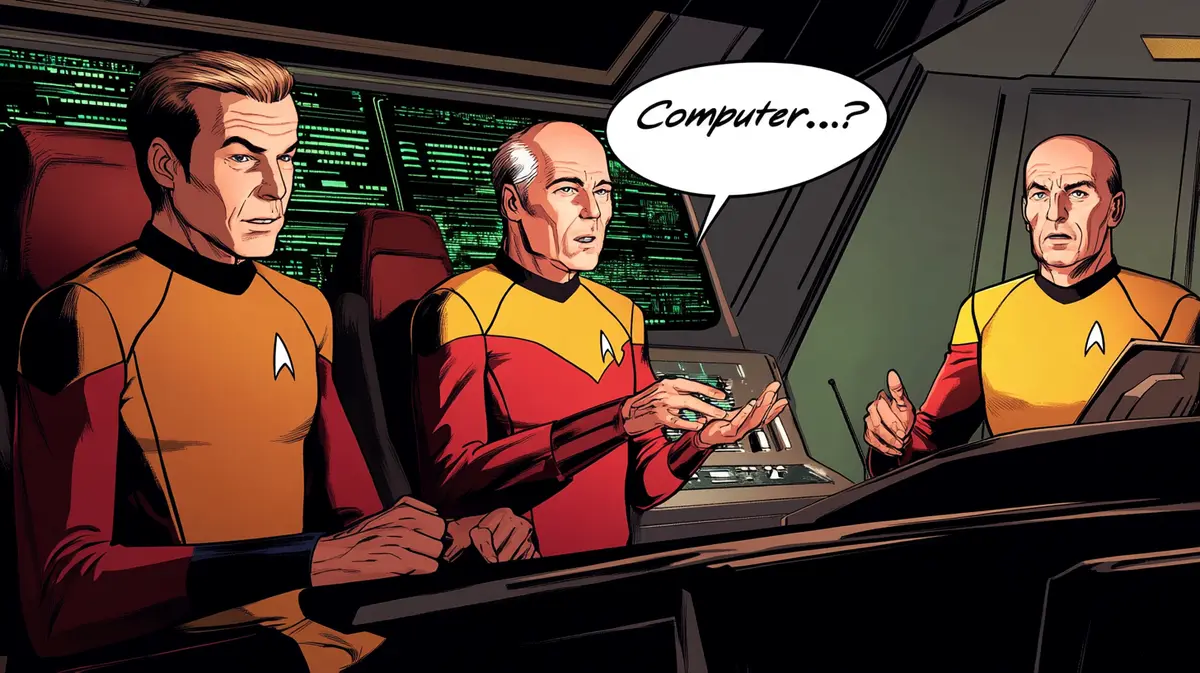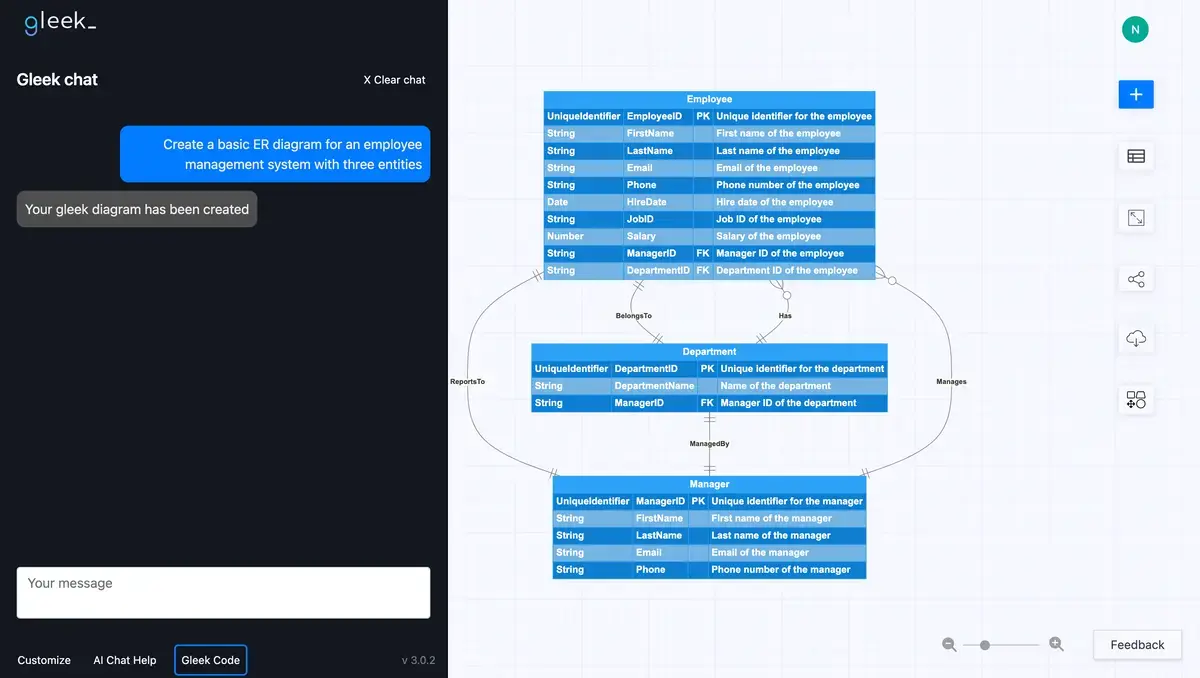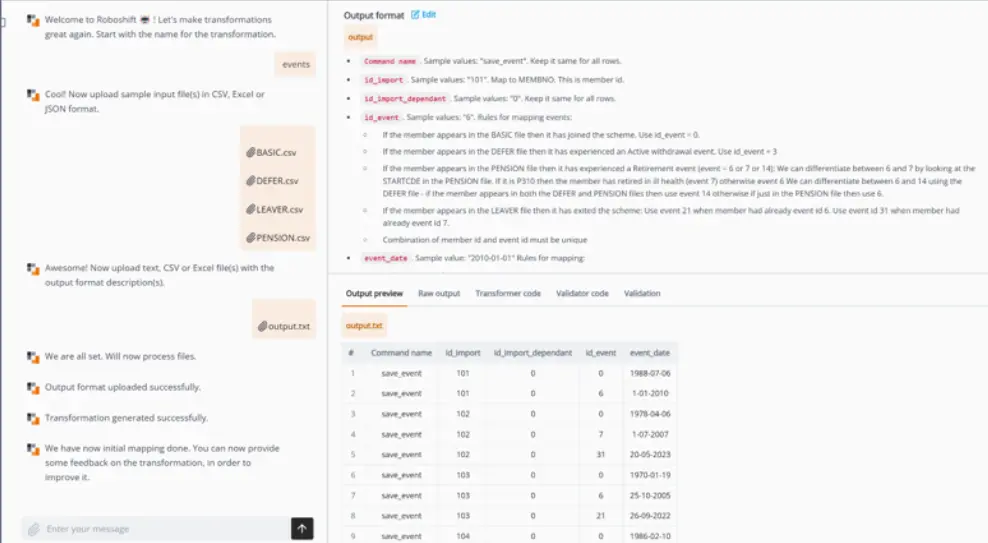The software world is is clearly in the AI era, and product leads do not seem to have grasped the massive impact that genAI will have… on UI.
Not since the invention of the mouse has something come along that should be causing a seismic shift in how we approach software UI. Instead, most product owners seem to think that you can slap “AI” on to your existing legacy design (and I include any UI that was built more than two years ago as Legacy in this case) and assume that you’re catching the current wave. Unfortunately, this misses the point almost entirely.
Sure, integrating some genAI feature to your application probably adds some incremental value. The problem is that you’re still wed to this concept of using a mouse and keyboard to interact with your computer, but the writing is on the wall – we’ve entered a Conversation-First era of software, and the mouse is on the way out.
Reimagining interface design for conversation-first UI
In my opinion, nearly all applications currently on the market can, and would be vastly improved by reducing the UI to a conversational experience led by a genAI focused UI. We know AI will continue to improve over the coming months and years, but even right now, nearly every application could be reconceived as a text-first UI that would provide an easier, more human interface than what you are currently using. Let’s go through some examples, shall we?
Product Board, Azure Devops, Trello, Jira… all have added AI in some way, but all are still open to competition from a startup that adopts a Conversation-First user experience. Each of these apps prides itself on clear tracking of product backlog items, easy organization of those items in to development sprints, reporting on progress, etc. You can create new items and attach images and documentation and descriptions to those items. All of this is well and good. It also seems so old to me at this point, it might as well be Pong. Why? Why do we need to see all of that? Why do I need views with 20 backlog items organized by priority?
What software could be if it simply asked how it can help
Imagine, instead of having to learn the idiosyncrasies of all these various apps, the simplicity of a text prompt, a cursor blinking invitingly, and a friendly query: “How can I help you today?”
“Hi! I’d like to start a new project today. I’ve uploaded a word document that has the project requirements. Can you go ahead and break that down into epics and then sprints for me? Let me know what you come up with and we can refine.”
Or
“Please show me what everyone is currently working on. I want you to highlight any story that seems to be taking longer to complete than we expected when we started.”
Or
“Can you add a bug to this sprint and assign it to Jacob. Here’s the stack trace from my browser and a screen shot.”
Or
“Please calculate the team’s velocity from last sprint. We have a retrospective today. Also let me know if you have any concerns about how the project is going so we can discuss with the team.”
All of this is possible today. I, the laziest of product owners, would actually use an application like this. Instead, the legacy players who have invested so much time and effort in their existing applications will continue to grasp on to the old concept of needing a mouse, keyboard and complicated UIs. They’ll force you to use search bars and filtering to find stories to update. Make you fiddle around with their pretty floating boxes and dialog windows when none of that is really needed for the vast majority of apps given the power of genAI.

Looking ahead to a {not-so-distant} conversation-first future
You can fast forward and remove the monitor from the equation as well, but we probably aren’t quite there yet. Still, it’s better to be traveling with the direction of travel rather than struggling against it. Embrace the conversation-first approach to application building, and you’ll be ready for what comes next.
Blocshop has known for years that the days of the mouse were numbered. We built Gleek, a text first diagraming tool, back in 2019. It isn’t perfect, but we knew that wasting time trying make a diagram look perfect was not the way developers should be spending their time when they’re trying to conceptualize how they would approach a software problem.

Similarly, we knew that the ETL market has also been approaching the very complex problem of data transformations in a very old-school way. Why in the world should we require engineers and data scientists to go through months of learning how to use an ETL low code solution, when genAI can do the heavy lifting for us?
It’s why we built Roboshift.ai.
“Here are my input file formats, my target output format, and a document describing all the business rules that we have mapped out. Can you please create a transformation for me?”

What follows is a natural conversation, with no training required, and the result will be a transformation that converts the data as requested.
I’m not saying that UI has no place in development and certainly there are apps that still require a more traditional interface. But right now is a unique time where bold entrepreneurs have the opportunity to dethrone legacy players who are too invested in their current, old, approach.
Partner with Blocshop for conversation-first software
If you’re ready to bring conversation-first UI to your product or have questions about how a conversation-first approach could elevate your software, reach out to Blocshop and see what we can build together.